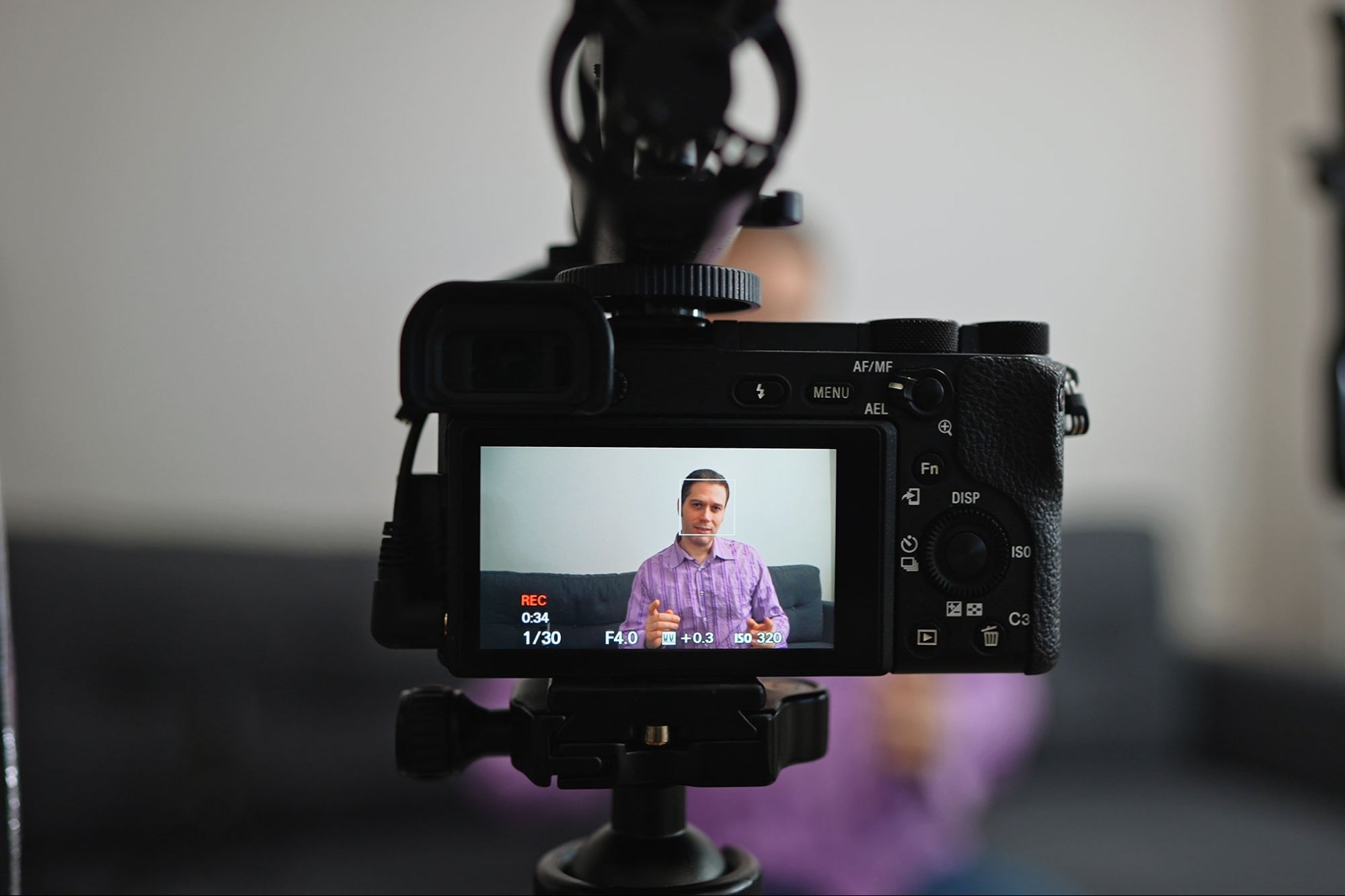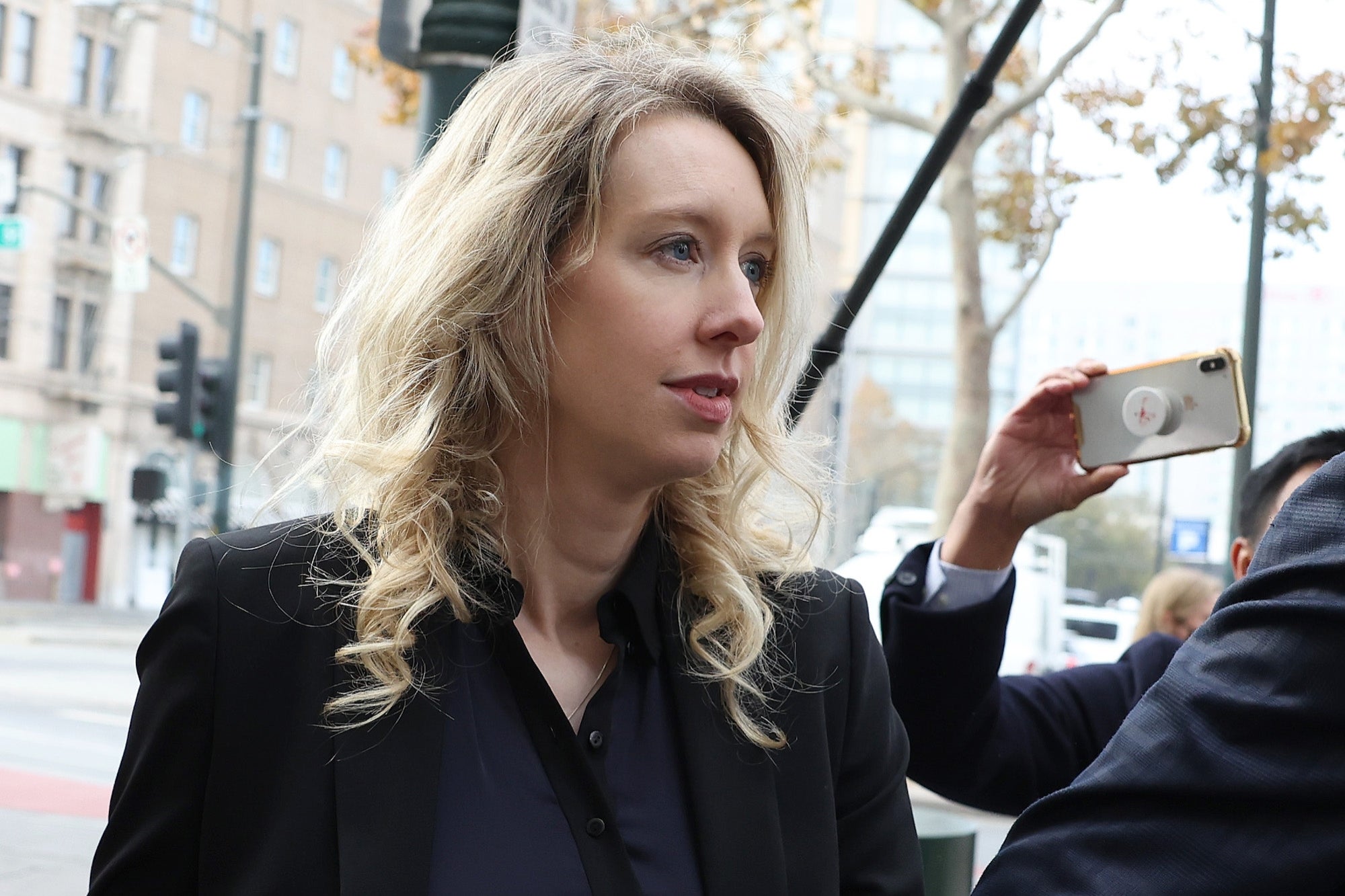This Silent Productivity Killer is Draining 4 Hours From Your Week. Here's How To Fix It
Forget Zoom fatigue. The problem is tool fatigue. Meet context-switching: the force behind your team's draining productivity, focus, and mental health.

By Melanie Fellay •
Opinions expressed by Entrepreneur contributors are their own.
The phrase, "there's an app for that," has become so commonplace it's meme-worthy. In our personal lives, apps can scream for us, call for us and tell us when to sit, drink, or even use the restroom.
In our professional lives, app-mania is equally prevalent, with Productiv's 2021 report finding the average SaaS company uses 254 apps.
Even skimming through my own arsenal, I found logins to five different video conferencing apps, six task management tools and at least five cloud storage solutions.
How did we land in this state of app abundance? Among other reasons, tools offer unique capabilities and levels of familiarity, or often, they're carried with us from other companies. Regardless, the goal has always been to leverage technology to make us more productive and effective in our roles.
Unfortunately, what we're experiencing is quite the opposite.
Related: The 10 Biggest Productivity Killers and How to Overcome Them
A tale of 1200 toggles
The more tools we rely on to get work done, the more we bounce between those tools throughout the day. Every time we toggle from one app to another, we're "context-switching."
Have you ever been interrupted while counting and had to start over again? That's context-switching. Your brain's flow state is disrupted and must reset before returning to the original task. In the workplace, the scenario might be that you're creating a contract in your CRM, you forget how to complete the process, and are forced to dig through Google Docs or an LMS to find the answer.
According to a report by Qatalog and Cornell University's Idea Lab: On average, people take nine and a half minutes to get back into a productive workflow after switching between digital apps.
How many times do you think this happens to you during the day?
A recent study of 20 teams across three Fortune 500 companies found "that workers toggled roughly 1,200 times each day." That adds up to four hours each week or four weeks in a year spent simply reorienting yourself.
Context-switching is the silent killer secretly draining your team's productivity, focus and mental health.
Forget Zoom fatigue. The problem is tool fatigue. For instance, to answer a colleague's question, I'm forced to bounce from Slack to ClickUp to Salesforce to Gmail and then back to Slack again. With every toggle, I'm faced with different layouts, styles, font types and more that force my brain to reacclimate momentarily.
While we're off trying to fix productivity challenges with the newest collaboration or messaging tool, context-switching lurks in the background, compounding as we build more complex systems and networks.
Related: How to Focus, Be Productive and Maintain Balance During a Crisis
Zone-tending
In sports, we're familiar with getting in the zone (or the flow state). That's why basketball players get thrown off their game with a bad foul call, or golfers can miss a swing if somebody yells. The "zone" is a mental state where you're completely immersed and focused on the activity.
Within this flow state, you're more creative and productive. The term was coined by positive psychologists Mihaly Csikszentmihalyi and Jeanne Nakamura. According to them, entering the flow state can lead to clarity, a lack of obstacles, a heavy sense of concentration, and intrinsic positivity.
This state of mind isn't reserved for professional athletes. Imagine the benefits for your employee's mental health and productivity if we embraced environments that enabled a flow state throughout the day.
When we're entirely focused on the task, 100% of our mental energy is devoted to solving that task. But, with every toggle, a piece of that energy is drained, and our cognitive load increases, slowing down our ability to process information.
Imagine your brain is a computer with dozens of tabs and files open. Eventually, you'll reach storage capacity and see that terrifying spinning wheel alerting you the computer is bogged down and unresponsive.
Your brain functions the same way. Your working memory can only hold so many pieces of information simultaneously. Switching from app to app increases your cognitive load until you can't process any more information.
How can we get in the zone if our brain has maxed out capacity from context-switching? Here are some ways to protect your mental energy and reduce the toggling tax.
Related: 10 Tips to Boost Employee Productivity and Skyrocket Performance
1. Enable employees within their existing workflows
How can you eliminate or reduce the need for employees to context-switch? Let's say your sales team works predominately in Salesforce, but they often toggle to their PowerPoint for answers to questions. Just-in-time learning solutions will automatically surface the training, resources or guidance employees need to succeed directly within Salesforce or other tools they're already working in. Employees can stay focused on the task without needing to hop around apps for help.
2. Eliminate tool redundancy
As we navigate this impending recession, many companies like ourselves are shifting from a grow-at-all-costs mentality to a long-term, sustainable growth mindset. Context-switching aside, we can no longer justify having two separate calendar scheduling solutions when there's a sufficient version in our marketing automation platform. While these times are challenging, they've also helped us reduce context-switching by ensuring only necessary tools remain in our tech stack.
3. Designate work blocks (and stick with them)
On Mondays, our sales team turns off all notifications, blocks all meetings, and focuses entirely on prospecting. On Wednesdays and Fridays, our marketing team blocks off afternoons for uninterrupted work blocks where they can focus completely on their projects. Whatever this looks like for your organization, ensure every team dedicates time throughout the week to complete work without distractions.
4. Remove distractions as much as possible
You've had years of practice multitasking. It's not unusual to have 30 tabs open, news headlines in the background, and notifications buzzing during work. But multitasking is the enemy of productivity. Instead, focus on single-tasking throughout the day. Chunk your work into blocks based on a single task and try to focus only on that task for the allotted time. Create an environment that eliminates unnecessary distractions and see how that impacts your productivity.
Above all else, listen, watch and speak to your employees. See how many applications they need to open to find a resource, watch as they navigate complex processes, listen to their challenges and understand where they're getting stuck. With this in mind, you can begin to relieve their toggle fatigue and move from "there's an app for that" to "it's in the app you're in."











